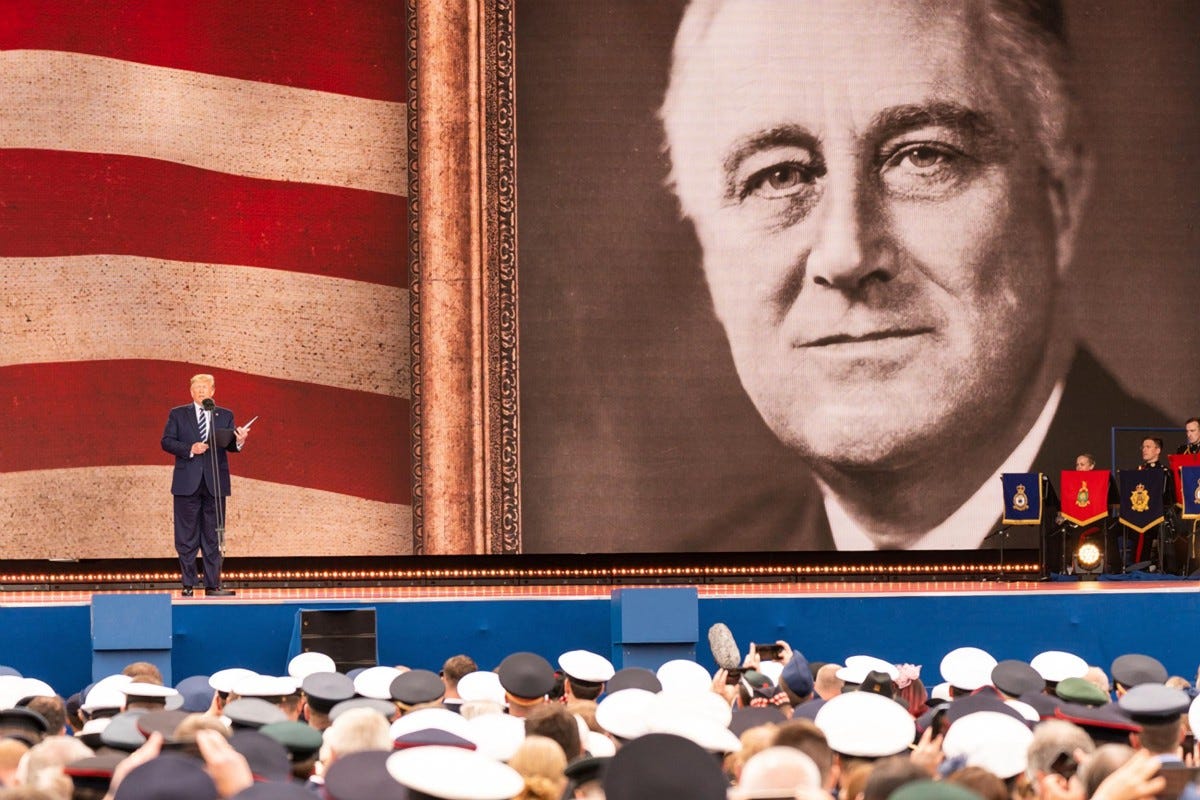Trump shares Roosevelt’s capacity to disrupt
Many of Trump’s targets are different to his predecessor's, notably on culture, but the aims are similar: to shatter orthodoxy and impose a new order.
The American President sets out to break the established order. In a flurry of executive orders and policies, decried by opponents as reckless and chaotic, he begins cutting the budgets of powerful government agencies, bringing some under greater control of the White House, and restructuring others. As for the vested interests opposing him: “They are unanimous in their hate for me – and I welcome their hatred.”
Yes, it’s President Roosevelt in 1936. He began to implement the recommendations of the Brownlow Committee (which he’d set up…) after it found that government agencies had become too independent and needed to be controlled. One of the most notable was the Treasury Department’s Bureau of the Budget, which was transferred to the Executive Office of the President of the United States. It’s now known as the Office of Management of Budget and is the largest department in the White House.
The current occupant of that house may not have the avuncular charm of FDR, but President Trump shares Roosevelt’s capacity to disrupt, and force new realities into being. Many of Trump’s targets are different to his predecessor's, notably on culture, but the aims are similar – to shatter orthodoxy and impose a new order.
This is why it’s wrong to see Trump’s flurry of activity as chaotic. He knows not all of his moves will be successful, but they make up a direction of travel.




